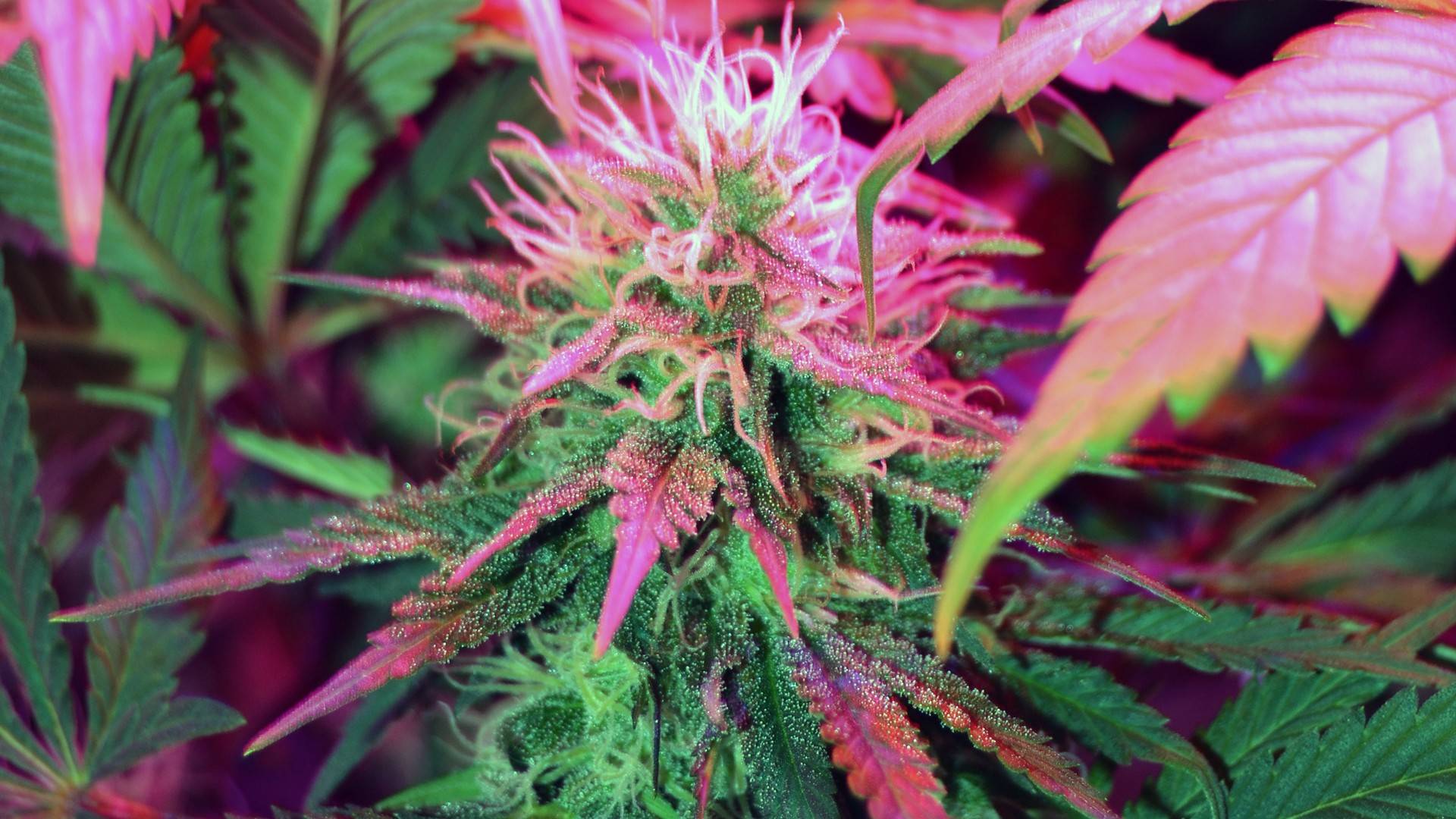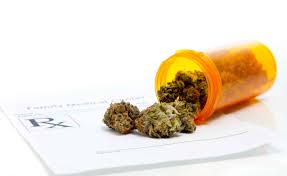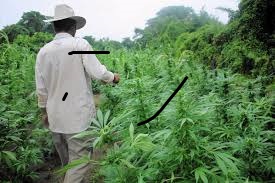
One of the most complicated and controversial substances in contemporary pharmacology,
public health and criminal justice is marijuana, a common term used to refer to the dried leaves, flowers,
stems and seeds of the Cannabis sativa or Cannabis indica plant.
Marijuana contains hundreds of biologically active compounds,
the most significant of which is delta-9-tetrahydrocannabinol (THC) and cannabidiol (CBD),
thus having a wide scope of physiological, psychological, and behavioral effects.
Although people have been using it throughout centuries as a medicine and recreational drug,
today marijuana exists at the confluence of science, policymaking, and popular imagination.
Within this atmosphere of swift legalization crusades and evolving popular opinion the need to have ready, science-based facts about marijuana has never been more pressing.
This technical summary is aimed at providing the adult reader (healthcare professional,
policy maker, educator and concerned citizen) with an evidence-based, technically accurate perspective on the biological actions,
clinical impacts and social consequences of marijuana.
National Marijuana Initiative (NMI), which is among the national initiatives of the High Intensity Drug Trafficking Areas (HIDTA) program, is dedicated to ensuring the objective and balanced marijuana education.
A proven leader in drug policy, public safety, and data-driven education with decades of experience, the NMI provides partners at the local, state, and federal level with the resources necessary to educate stakeholders on the public health and safety impacts of marijuana use, particularly when use is frequent, early-onset, or when use is in high-potency forms.
This paper will discuss marijuana in a multidisciplinary approach starting with the biology and chemical constituent of the plant, then its action on the endocannabinoid system.
It will discuss its use as a therapy, negative health impacts, potential to cause addiction, as well as effects on special populations including adolescents and pregnant people.
The aspects of marijuana use in traffic safety, workplace performance,
and the health infrastructure of the population will be discussed as well.
Such environmental and regulatory issues as the ones linked to illicit cultivation and trafficking will also be considered with respect to the mission of the NMI to minimize harm related to drugs and to support evidence-based practices.
The article ends with a harm reduction advice, community education gems, and future research directions in the ever-changing marijuana environment.
In an era of quickly changing marijuana regulations,
market forces, and consumer patterns, technical fluency about this subject matter is a prerequisite.
Regardless of whether one uses marijuana therapeutically,
recreationally, or as an experiment,
being aware of the full range of its effects allows making decisions at the personal and policy levels.
This resource will provide such understanding.
This guide demonstrates the commitment of the NMI to community safety and responsible drug education through precise language and peer-reviewed information as well as the input of professionals in the field.





